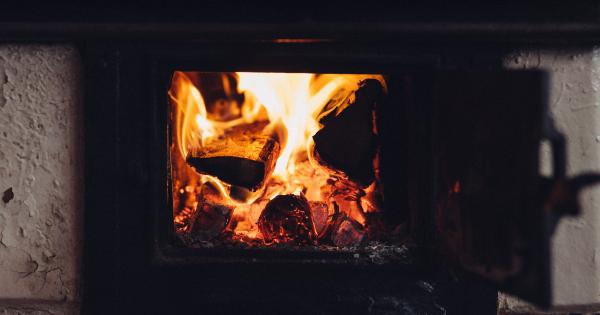Fireplaces and wood stoves are common sources of heat during the chilly winter months. While they may add to the cozy ambiance of your home, they can pose hidden health risks that many people are not aware of.
In this article, we will discuss 5 hidden health risks of fireplaces and wood stoves.
1. Carbon Monoxide Poisoning
Carbon monoxide is a colorless, odorless gas that can be deadly if inhaled in high concentrations.
Fireplaces and wood stoves produce carbon monoxide during the burning process, and if they are not properly ventilated, this gas can build up and become dangerous. Symptoms of carbon monoxide poisoning include headaches, dizziness, nausea, and shortness of breath.
2. Respiratory Problems
The smoke and particulate matter produced by fireplaces and wood stoves can cause respiratory problems, especially in individuals who already have pre-existing conditions such as asthma or chronic obstructive pulmonary disease (COPD).
The fine particles in wood smoke can get deep into the lungs and cause inflammation, which can lead to coughing, wheezing, and shortness of breath.
3. Increased Risk of Heart Attack and Stroke
The particulate matter in wood smoke has been linked to an increased risk of heart attack and stroke.
When these particles get into the bloodstream, they can cause inflammation and damage to the cardiovascular system, which can lead to an increased risk of heart attack and stroke.
4. Increased Risk of Lung Cancer
Studies have shown that exposure to wood smoke can increase the risk of lung cancer. The fine particles in wood smoke can be carcinogenic, meaning they have the potential to cause cancer.
The longer you are exposed to wood smoke, the higher your risk of developing lung cancer.
5. Increased Risk of House Fires
Fireplaces and wood stoves can also pose a risk of house fires if they are not properly maintained. Creosote buildup in chimneys can ignite and cause a fire, and improperly stored firewood can also be a fire hazard.
It is important to have regular chimney inspections and to follow safety guidelines when using fireplaces and wood stoves.
Conclusion
While fireplaces and wood stoves can add warmth and ambiance to your home, they also pose hidden health risks that should not be ignored.
To minimize these risks, it is important to properly maintain your fireplace or wood stove, have regular chimney inspections, and ensure proper ventilation. Additionally, individuals with pre-existing respiratory or cardiovascular conditions should be especially cautious when using these devices.



























